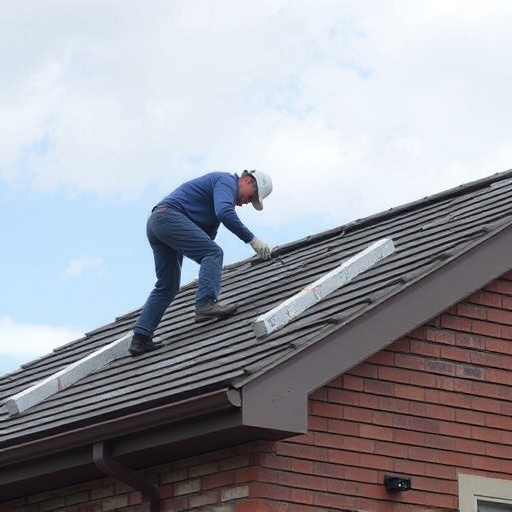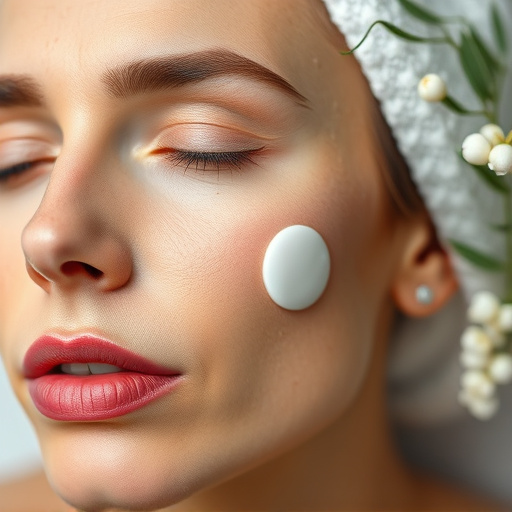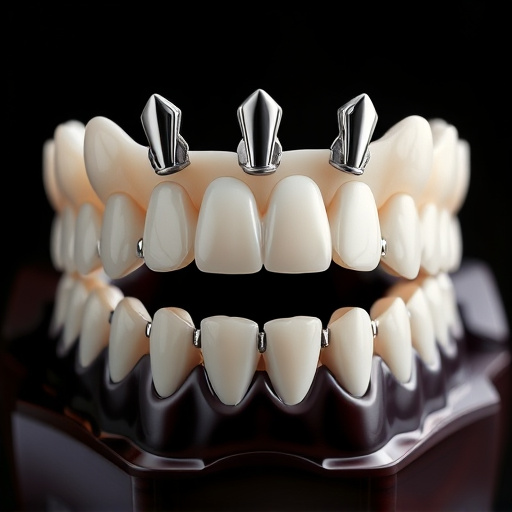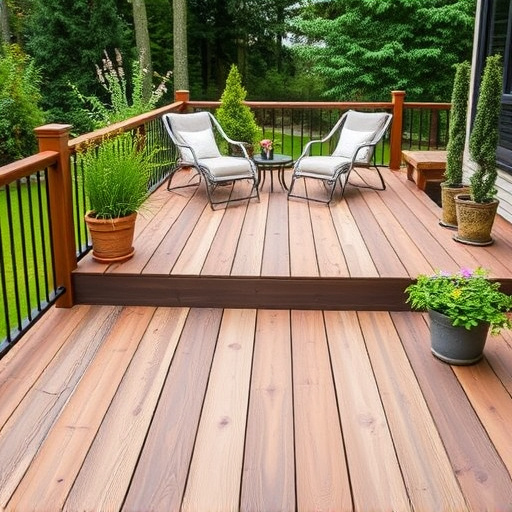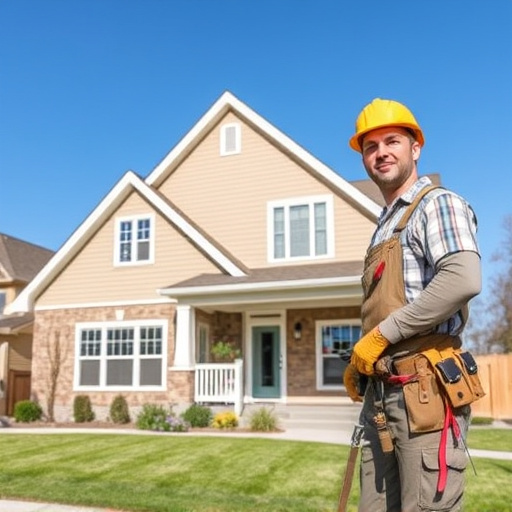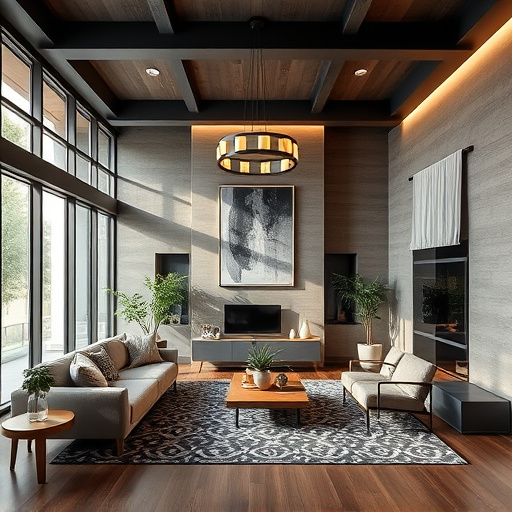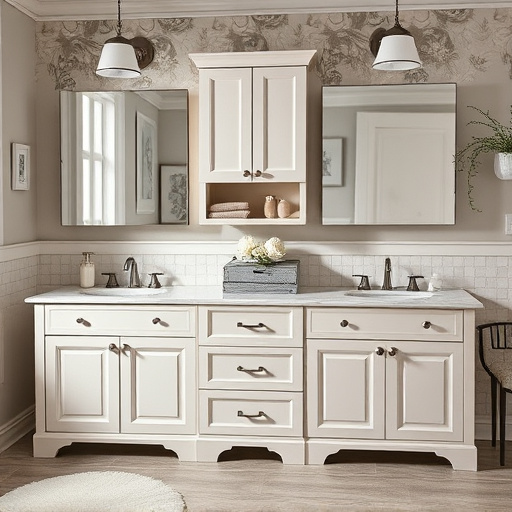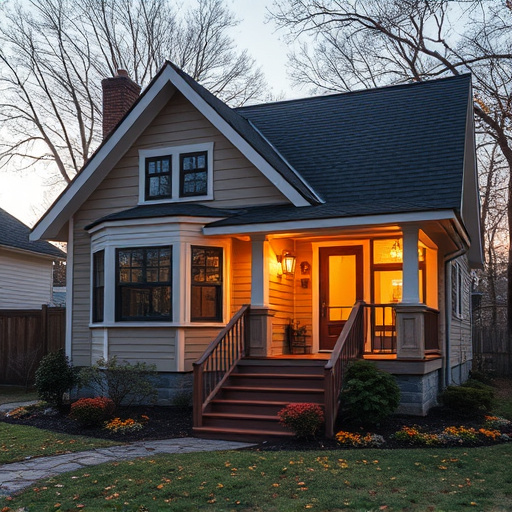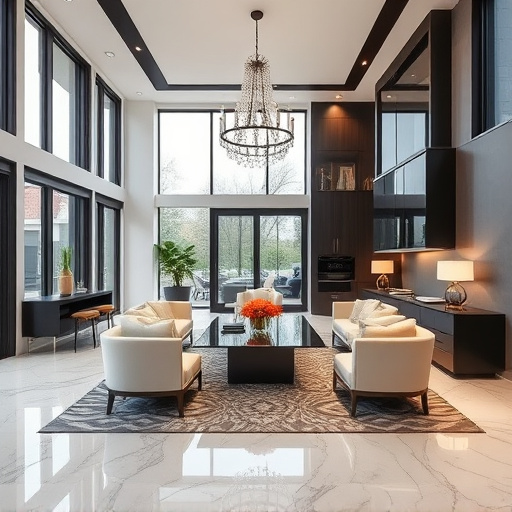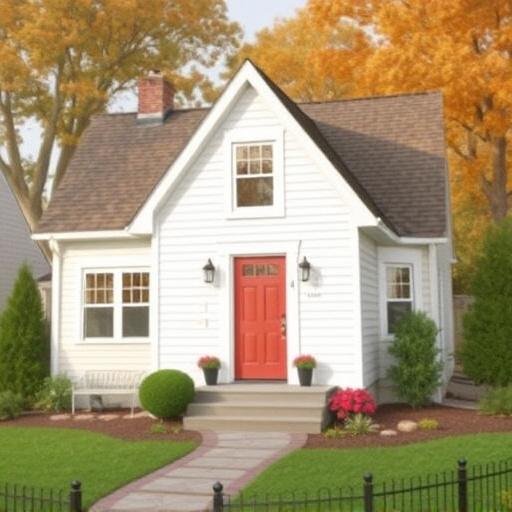Choosing durable materials like high-quality laminates, solid wood, or engineered composites for cabinet refacing is crucial for long-lasting, aesthetically pleasing results that can withstand everyday use. Factors to consider include resistance to scratches and stains, cost-effectiveness, and ease of installation. The right material complements interior design while offering the best balance between quality and affordability based on budget and desired longevity. Compared to painting, cabinet refacing provides a more lasting solution for various home updates, including bathroom remodels.
Looking to refresh your kitchen or bathroom without a complete remodel? Cabinet refacing is an excellent solution, offering both functionality and style. This guide delves into the best materials for durable cabinet refacing, exploring factors like longevity, aesthetics, and cost-effectiveness. We’ll navigate through popular options, successful case studies, and expert installation tips to ensure your refaced cabinets stand the test of time. Discover how high-quality materials can transform your space while maintaining a sleek finish.
- Choosing the Right Materials for Longevity
- – Factors to consider when selecting materials
- – Advantages and disadvantages of common cabinet refacing options
Choosing the Right Materials for Longevity
When considering cabinet refacing, choosing durable materials is paramount to ensure longevity and maintain a stunning finish. The right materials can withstand everyday wear and tear, preserving the beauty of your cabinets for years to come. Look for options that offer resistance to scratches, stains, and moisture—common issues in kitchens and bathrooms.
High-quality laminates, solid wood, and hybrid materials like engineered wood composites are excellent choices. These materials not only provide a robust surface but also allow for customized work to fit unique cabinet shapes and sizes. Unlike traditional finishes, modern options often come with an array of colors and styles, enabling you to achieve the exact look you desire in your kitchen or bathroom renovations.
– Factors to consider when selecting materials
When considering materials for cabinet refacing, several key factors come into play. First and foremost, durability is paramount as cabinets are a functional part of any home or workspace. The right material should resist scratches, stains, and warping over time. Additionally, consider the aesthetic appeal—from natural wood grains to sleek laminates—that complements your interior design style, whether it’s a modern look or something more traditional.
Another important aspect is cost-effectiveness. While high-end materials offer superior durability and aesthetics, they can be pricey. Budget-friendly options like laminate and vinyl wrap provide a good balance between quality and affordability. Moreover, think about the ease of installation, as some materials require specialized skills or tools for a successful cabinet refacing job, impacting both time and cost. For those planning home additions or looking for customized work, selecting the right material can significantly influence the overall look and longevity of your new or updated cabinets.
– Advantages and disadvantages of common cabinet refacing options
When considering cabinet refacing, several options present themselves, each with its own set of advantages and disadvantages. Popular choices include laminates, which offer a vast array of styles at an affordable price point but may chip or scratch over time. On the other hand, real wood provides durability and timeless aesthetics, yet it can be more costly and requires careful maintenance.
For those looking to elevate their space without a complete replacement, refacing with high-quality veneers can offer the best of both worlds—a natural look and enhanced durability. This option is particularly appealing for bathroom remodel projects, as it allows for a quick transformation without the extensive work and costs associated with full renovations. Compared to interior painting, cabinet refacing provides a more permanent solution, ensuring your cabinets stand the test of time in any well-loved home.
When it comes to cabinet refacing, choosing the right materials is key to achieving a durable and aesthetically pleasing result. By considering factors like durability, cost, and ease of installation, you can select the best option for your needs. Whether you opt for solid wood, laminate, or vinyl, each material offers unique advantages and disadvantages. Understanding these will help you make an informed decision, ensuring your cabinet refacing project stands the test of time.
